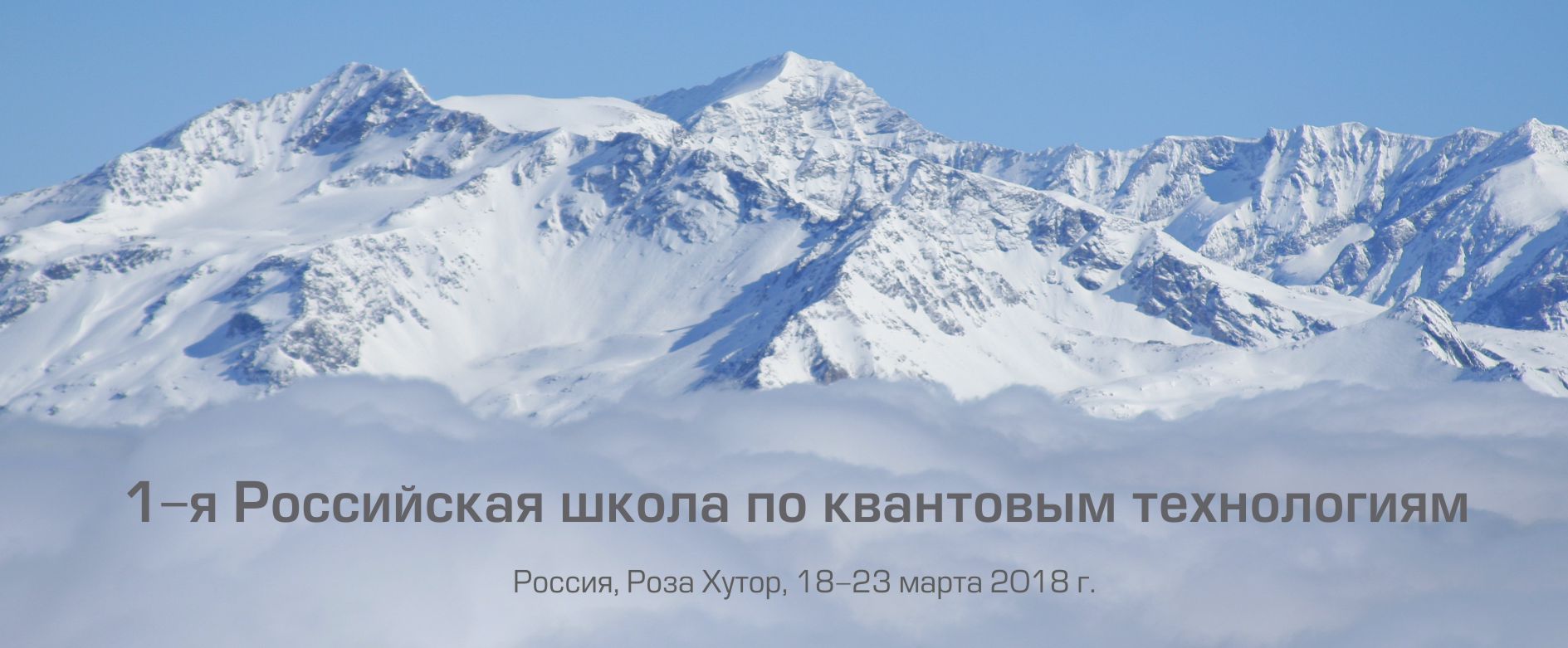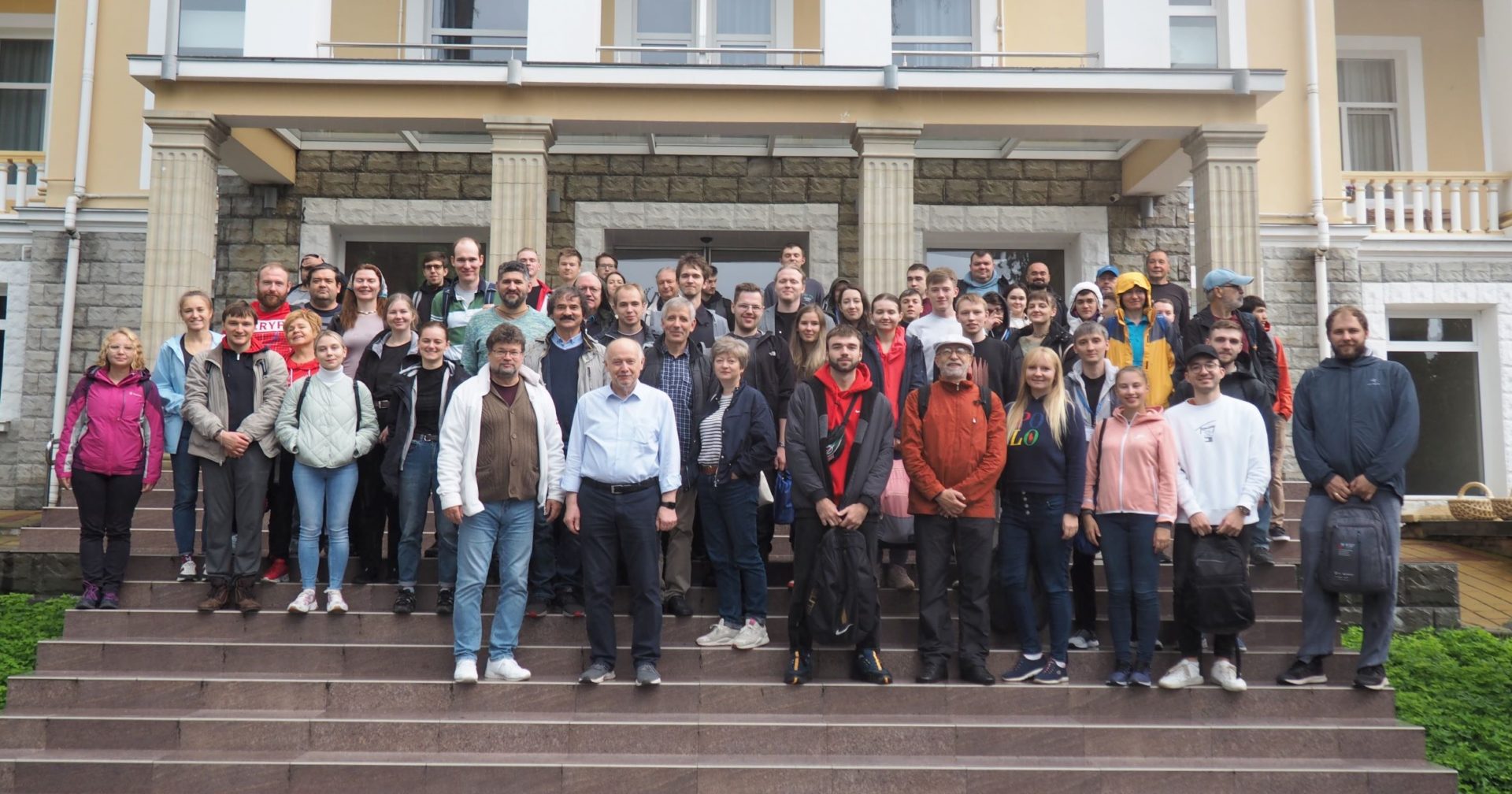PROCEEDINGS QTS’23
PHOTO ALBUM
OUR LECTURERS
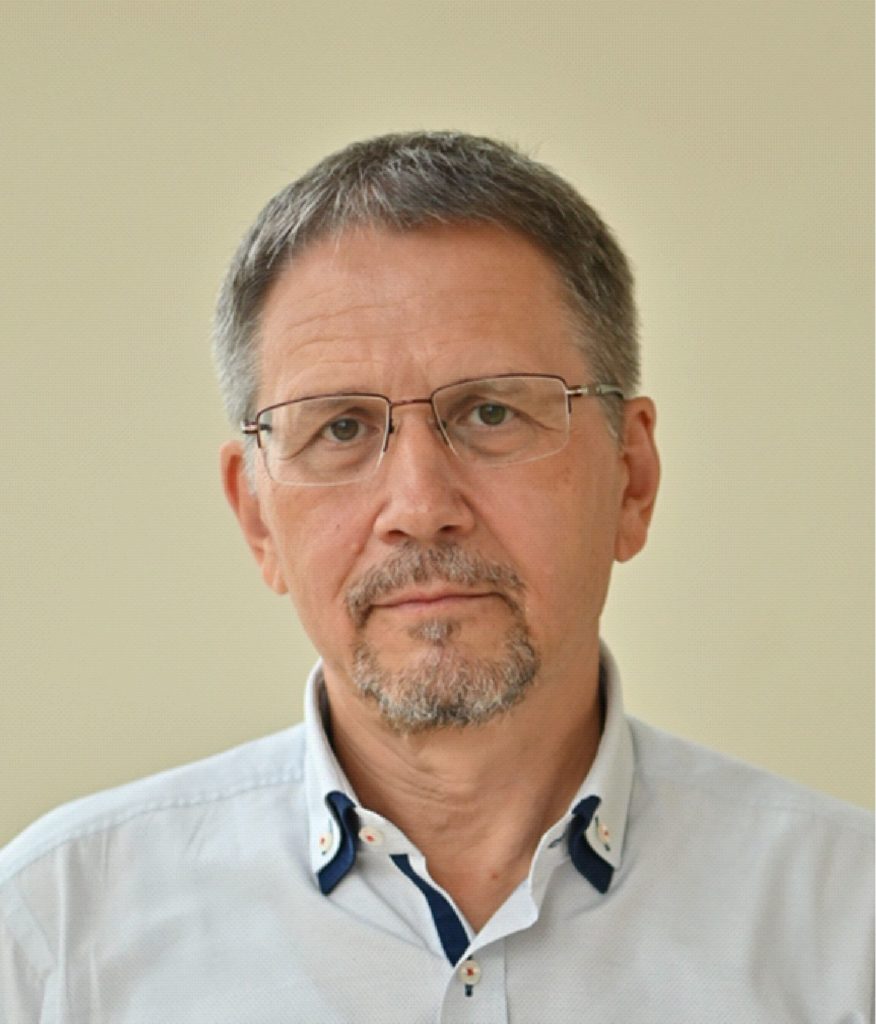
Oleg Astafiev
Skolkovo Institute of Science and Technology, Moscow, Russia Moscow Institute of Physics and Technology, Dolgoprudny, Russia
SUPERCONDUCTING QUANTUM TECHNOLOGIES
The rapid development of experimental methods for control and manipulation of single quanta opens up a broad area of research in Physics on artificial quantum systems and the creation of new devices with previously unachievable properties. One of the most promising platforms for quantum technologies is based on superconducting quantum systems. Such systems are sub-micrometer circuits fabricated on a chip by nanotechnology methods with smallest sizes below 100 nm. They have a set of quantized levels and are therefore also called artificial atoms. The artificial atoms are fabricated with parameters designed in advance and have a number of new properties compared to systems with natural atoms. One of these differences is an easily achievable physically strong coupling with other circuit elements. The range of applications of such systems varies from prototypes of quantum processors to objects for the study of on-chip quantum optics. The talk will describe the physical principles of building such systems and present examples of the implementation of devices and a demonstration of a number of fundamental effects of quantum optics.
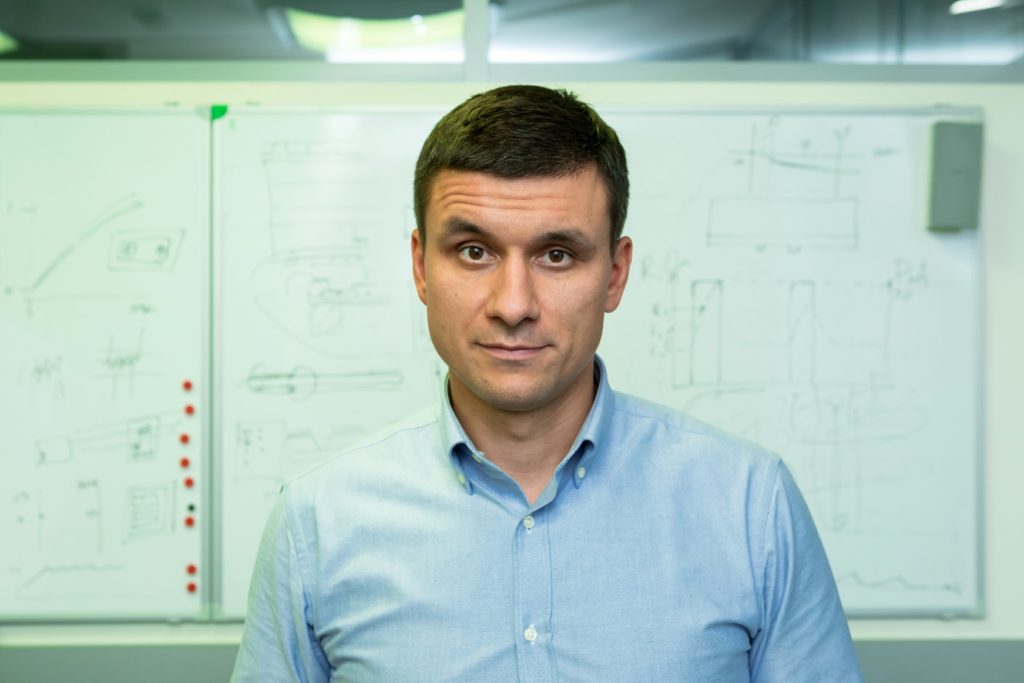
Ilya Rodionov
Bauman Moscow State Technical University, Dukhov Research Institute of Automatics
SUPERCONDUCTING QUANTUM COMPUTING FROM |0> TO |1>
The basic principles and practical issues of superconducting quantum computing will be discussed in this lecture. I will present the key components and devices of superconducting quantum computers, as well as state-of-the-art experimental results and fabrication techniques from leading scientific teams in the field, accompanied with the scientific results from our laboratory. I will try to visualize the overall development life cycle of such devices.
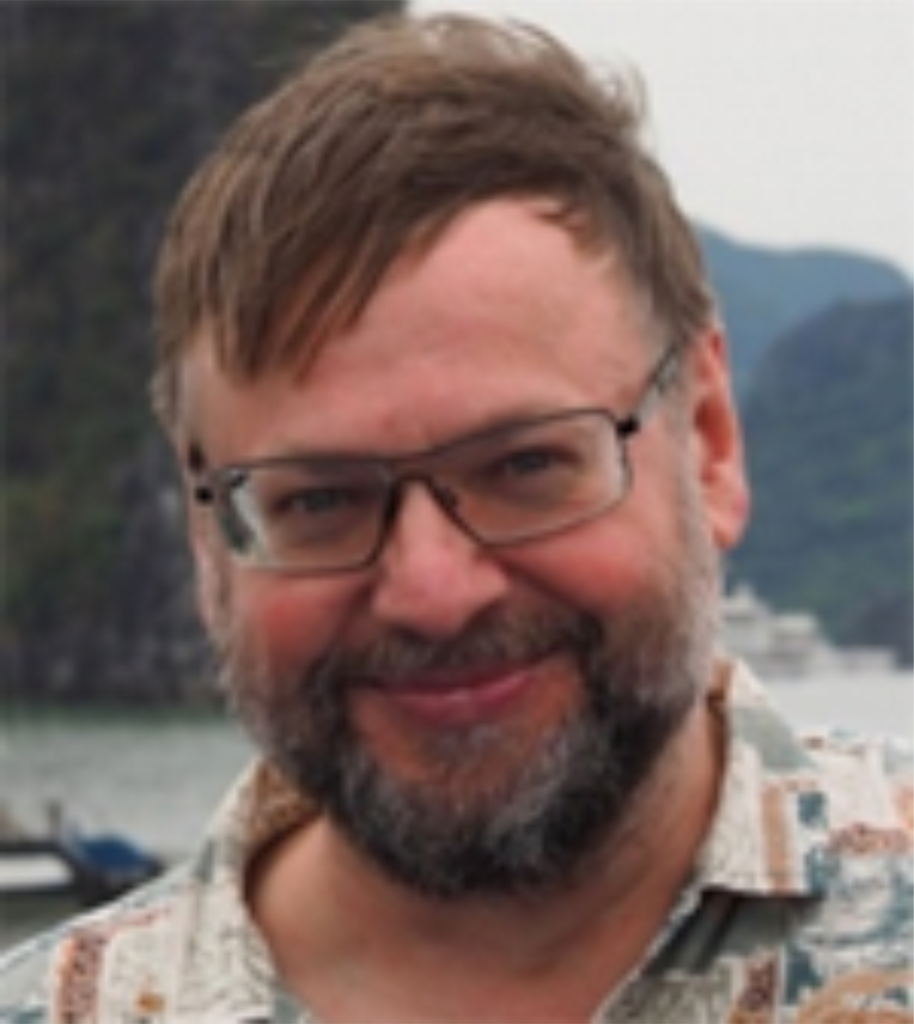
Alexey Toropov
Ioffe Physical-Technical Institute of the Russian Academy of Sciences
SOURCES OF INDISTINGUISHABLE PHOTONS AND PHOTONIC CLUSTER STATES ON QUANTUM DOTS
The use of photon sources on semiconductor quantum dots (QDs) is one of the most promising approaches to the implementation of quantum computing devices based on the quantum interference effect in a system of linear optical elements – beam splitters, delay lines, and phase shifters [1]. At present, commercially available single-photon sources based on microcavities with InAs/GaAs QDs demonstrate unprecedentedly good values of two critically important parameters: the “purity” of single-photon emission (more than 95%) and the degree of indistinguishability of emitted photons (more than 90%) [2].
Nevertheless, the achieved value of the third important parameter, the source brightness, defined as the probability of generating a photon per pump pulse, is still insufficient to allow scaling such photonic devices to sizes of practical interest. An alternative approach to the development of scalable photonic quantum processors is based on the use of photonic cluster states – chains of photons with mutual entanglement [3]. At present, the most promising approach to the generation of such states is the use of the effect of polarization entanglement of sequentially emitted photons with the state of the spin of a resident electron in a charged QD [4, 5]. Implementation of this approach requires a detailed study of the spin dynamics in a single charged QD [6].
The first part of the lecture will present an overview of promising approaches being developed to increase the brightness of sources of indistinguishable photons, including the implementation of resonant coherent pumping of a trion state by a π-pulse in a QD placed in a dichroic optical microcavity and the use of quasi-resonant pumping of a QD in a microcavity by means of acoustic phonons. In the Laboratory of Quantum Photonics, Ioffe Institute, a technology for manufacturing photon sources based on microcavities and nanoantennas with single QDs in the (Al, Ga, In)As system was developed to solve these problems, which made it possible to obtain single photon sources with characteristics corresponding to the advanced world level [7, 8]. The second part of the lecture will be devoted to an overview of the developed approaches aimed at obtaining photonic cluster states. In the context of this topic, studies of the spin dynamics of electrons and holes in a single charged QD, performed in the Laboratory of Quantum Photonics, will be presented.
This work was supported by Rosatom in the framework of the Roadmap for Quantum Computing (Contract No. 868-1.3-15/15-2021 dated 5 October 2021 and Contract No. R2152 dated 19 November 2021).
[1] E. Knill, R. Laflamme, and G.J. Milburn, Nature 409, 46 (2001).
[2] https://quandela.com
[3] H.J. Briegel, D.E. Browne, W. Dur, R. Raussendorf, M. Van den Nest, Nature Phys. 5, 19 (2009).
[4] N.H. Lindner, T. Rudolph, Phys. Rev. Lett. 103, 113602 (2009).
[5] I. Schwartz, D. Cogan, E.R. Schmidgall, Y. Don, L. Gantz, O. Kenneth, N.H. Lindner, D. Gershoni. Science 354, 434 (2016).
[6] D. Cogan, G. Peniakov, O. Kenneth, Y. Don, D. Gershoni, Phys. Rev. Appl. 18, 024055 (2022).
[7] M. Rakhlin, G. Klimko, S. Sorokin, M. Kulagina, Y. Zadiranov, D. Kazanov, T. Shubina, S. Ivanov, A. Toropov, Nanomaterials 12, 1562 (2022).
[8] M.V. Rakhlin, A.I. Galimov, I.V. Dyakonov, N.N. Skryabin, G.V. Klimko, M.M. Kulagina, Yu.M. Zadiranov, S.V. Sorokin, I.V. Sedova, Yu.A. Guseva, D.S. Berezina, Yu.M. Serov, N.A. Maleev, A.G. Kuzmenkov, S.I. Troshkov, K.V. Taratorin, A.K. Skalkin, S.S. Straupe, S.P. Kulik, T.V. Shubina, A.A. Toropov, J. Lumines. 253 119496 (2023).
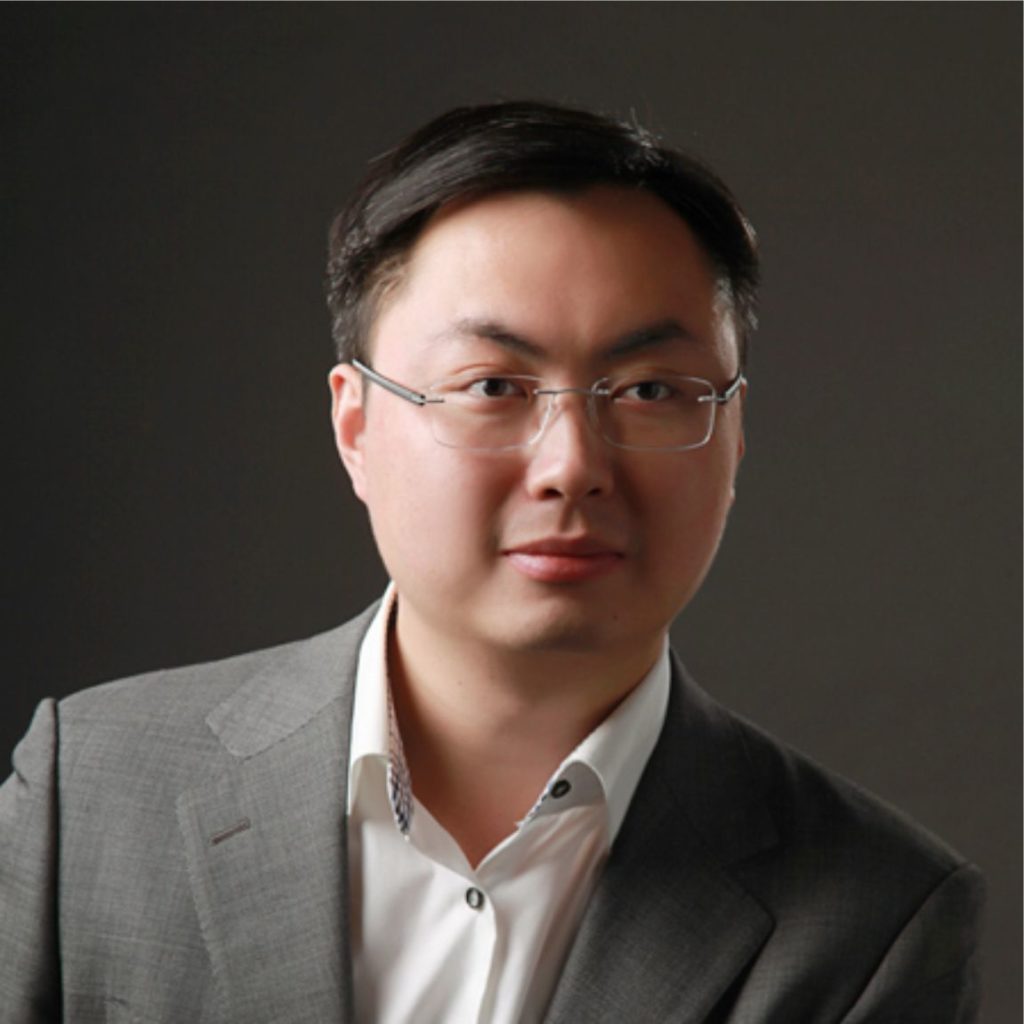
Xiaosong Ma
School of Physics at Nanjing University, China
HARNESSING SINGLE PHOTONS IN QUANTUM TECHNOLOGY
Quantum technology employs the ‘spooky’ phenomena of quantum physics such as superposition, randomness and entanglement to process information in a novel way. Quantum photonics provides a promising path for both delivering quantum-enhanced technologies and exploring fundamental physics. In this talk, I will introduce our recent work on quantum delayed-choice experiment based on multiphoton entangled states, which shows that a photon can not only be a particle or wave, but the superposition of them, even under Einstein’s locality condition. In the second part of my talk, I will present our recent endeavors in developing functional nodes for quantum information processing based on integrated optics architecture and their potential applications in a metropolitan fiber network.
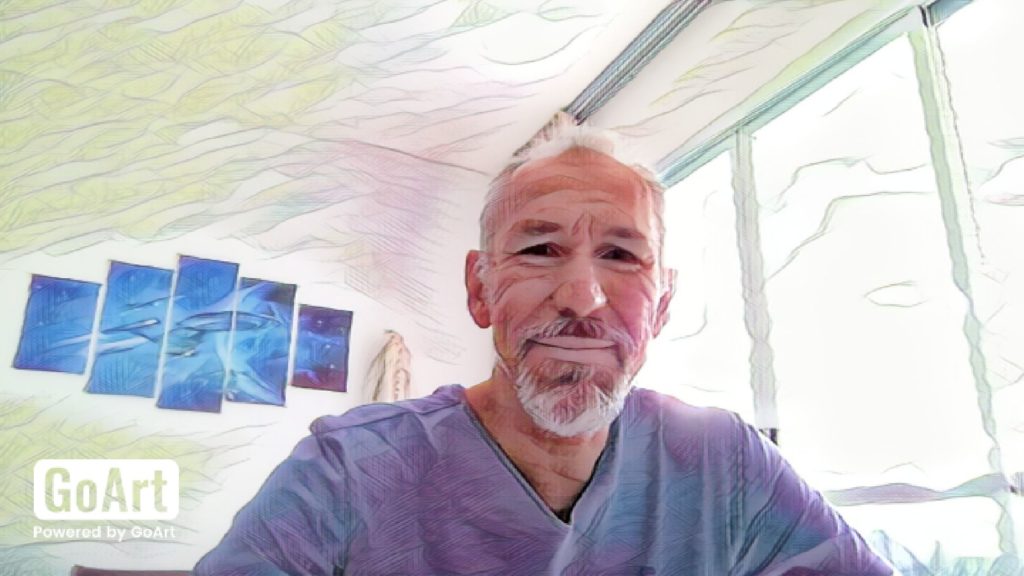
Paulo H. Souto Ribeiro
Federal University of Santa Catarina, Florianópolis, Brazil
QUANTUM TECHNOLOGIES WITH PARTIALLY COHERENT LIGHT
Classical and quantum coherence are usually essential requirements in several applications concerning optical systems. However, partially coherent light can also be useful in optical technologies, both in the classical and quantum regime. In this lecture, I will introduce the concept of optical coherence and partial coherence using the framework of the Gaussian Schell Model (GSM) beams and the Twisted Gaussian Schell Model (TGSM) beams, which are partially coherent beams. I will talk about applications of GSM and TGSM beams in quantum and classical optical technologies.
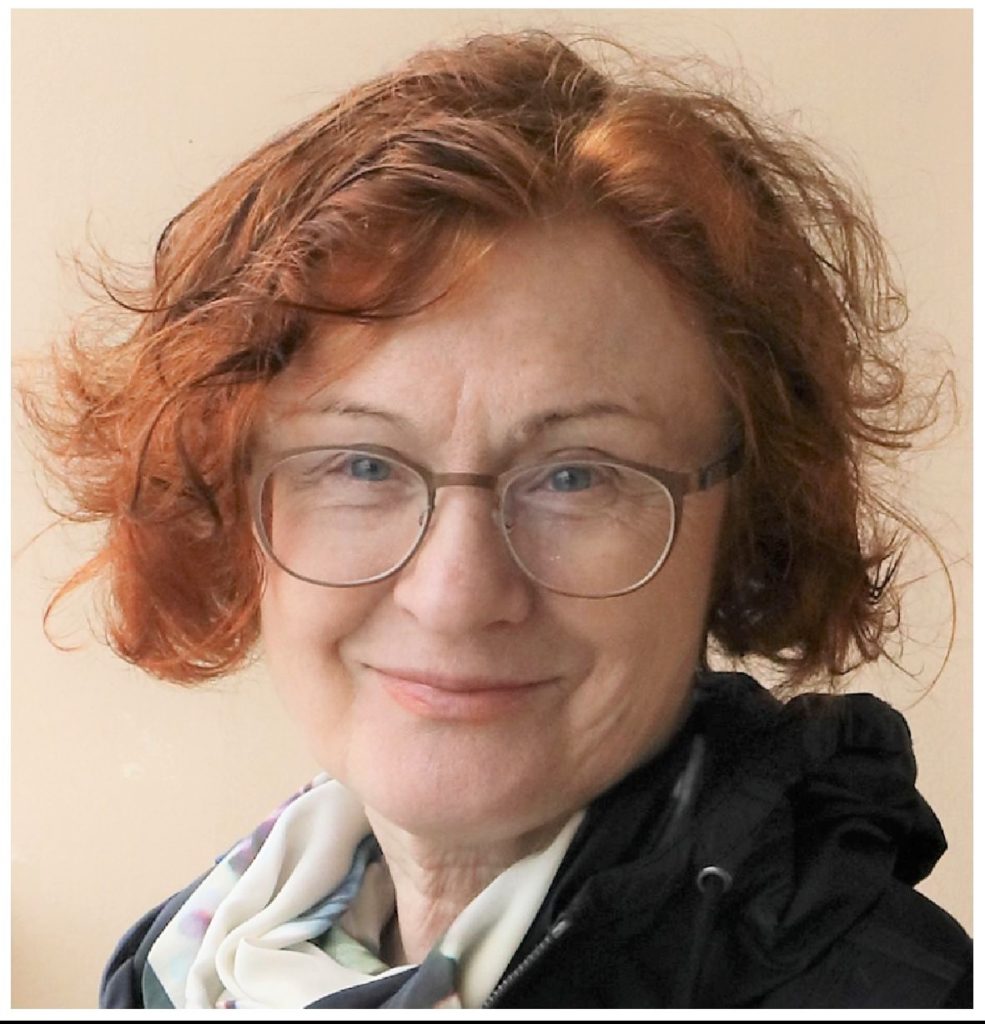
Tatiana Shubina
Ioffe Physical-Technical Institute of the Russian Academy of Sciences
EXCITONS AND SINGLE QUANTUM EMITTERS IN ATOMICALLY THIN TRANSITION METAL DICHALCOGENIDES
Two-dimensional (2D) transition metal dichalcogenides (TMDCs), such as MoS2, WSe2, and others, with an optical bandgap in the visible or near-IR ranges, have an extremely high exciton binding energy, up to 0.5 eV. As a result, excitons dominate the optical response in these materials even at room temperature. The confined excitons in atomically thin TMDCs provide a new type of solid-state emitters of quantum light [1]. In this talk, we will discuss the remarkably diverse exciton landscape in TMDCs, including bright, dark, interlayer and localized excitons, as well as exciton complexes – biexcitons and trions. The fine spectrum of excitons (ordering and splitting between bright and dark exciton states) in TMDCs depends on the number of monolayers and strain [2]. The local tensile strain contribute to the creation of localization sites for excitons – quantum emitters, resembling conventional semiconductor quantum dots (QDs).
The recent progress in defect and strain engineering of atomically thin TMDCs allows the fabrication of site-controlled single-photon emitters. Single-photon emission from trapped excitons was first achieved in monolayers of WSe2 [3], and later it was done for WS2, MoS2, and MoSe2. The telecom-wavelength (1080 — 1550 nm) single-photon emitters were created using locally deformed MoTe2 monolayers. In addition, correlated pair emission from a biexciton-exciton radiation cascade was experimentally demonstrated, which indicates the possibility of generating pairs of entangled photons. The existence of dark exciton and additional carriers in trions opens the way to the realization of multiphoton states, as was proposed for semiconductor QDs. However, at present, in atomically thin TMDPs, the second-order correlation function is far from ideal; there is a lack of indistinguishability data; and the microresonators used may not be optimized for 2D crystals.
In conclusion, atomically-thin 2D solid-state sources show clear promise for large-scale chip integration and meet the demands of quantum information technology up to telecommunication wavelengths, although significant efforts are needed to achieve the best performance of single-photon emitters based on semiconductor QDs. However, the hope of obtaining the generation of single photons at room temperature justifies these studies.
This work was supported by Rosatom in the framework of the Roadmap for Quantum computing (Contract No. 868-1.3-15/15-2021 dated October 5, 2021 and Contract No.R2152 dated November 19, 2021).
[1] C. Chakraborty et al. Advances in quantum light emission from 2D Materials, Nanophotonics 8, 2017 (2019).
[2] I.A. Eliseyev, T. V. Shubina et al., Photoluminescence kinetics of dark and bright excitons in atomically thin MoS2, PSS RRL, 2100263 (2021).
[3] Y.-M. He et al. Single quantum emitters in monolayer semiconductors. Nat. Nanotechnol. 10, 497 (2015).
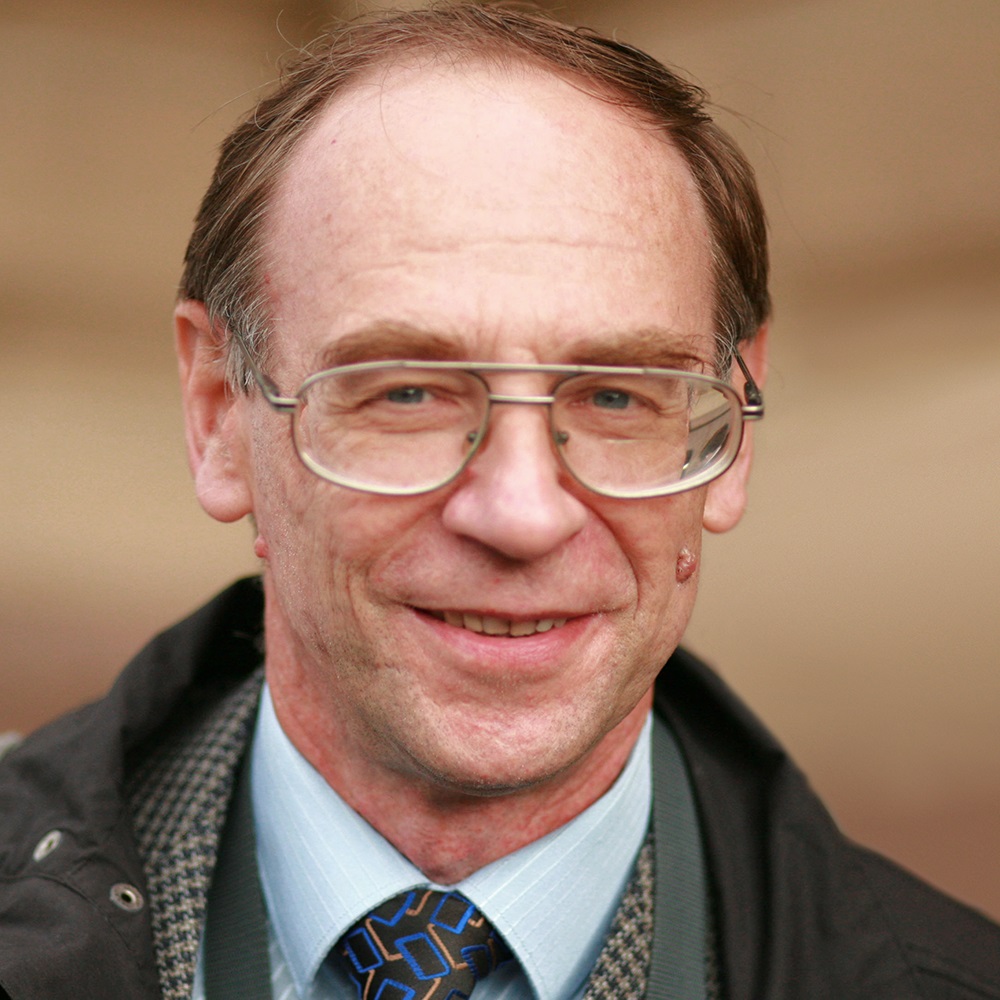
Dmitriy Kupriyanov
MSU Quantum Technology Centre
OPERATION WITH SPIN QUBITS IN OPTICAL DIPOLE MICROTRAPS
In this lecture we focus on physical aspects in implication of the atomic spins for the quantum computation and data processing. Being a paradigmatic quantum system, single atoms provide a convenient physical realization of qubits, which is attractive in many ways—overall neutrality allows one to controllably switch the interaction on and off, and optical trapping provides a means for assembling large spatially structured atomic arrays with reasonable prospects for further scaling.
Proceeding from these advantages the atomic lattices consisting of single neutral atoms confined with the microscopic optical dipole traps provide a promising platform for preparation of conveniently controllable and scalable multiqubit systems. This was recognized more than a decade ago and the potential options and experimental capabilities were earlier reviewed in [1]. Despite impressive experimental progress since that time, the fidelity of experimentally demonstrated entangling operations is still on the order of 95–97% which is still below the thresholds required for fault-tolerant quantum computing.
By examination of elementary quantum logic units we are aiming to clarify the main physical constraints limiting the coherence and entanglement resources in the coupled system of two qubits and then to search for optimal physical conditions towards its potential scaling up to a multiqubit configuration.
This work was supported by the Russian Science Foundation under Grant No. 18-72-10039 and by Rosatom in the framework of the Roadmap for Quantum computing (Contract No. 868-1.3-15/15-2021 and Contract No.P2154 — 2021).
[1] M. Saffman, T. G. Walker, and K. Mølmer, Quantum information with Rydberg atoms, Rev. Mod. Phys. 82, 2313 (2010).

Sergey Kilin
B.I.Stepanov Institute of Physics, Belarus
NV CENTERS IN DIAMOND – A PLATFORM FOR QUANTUM TECHNOLOGIES
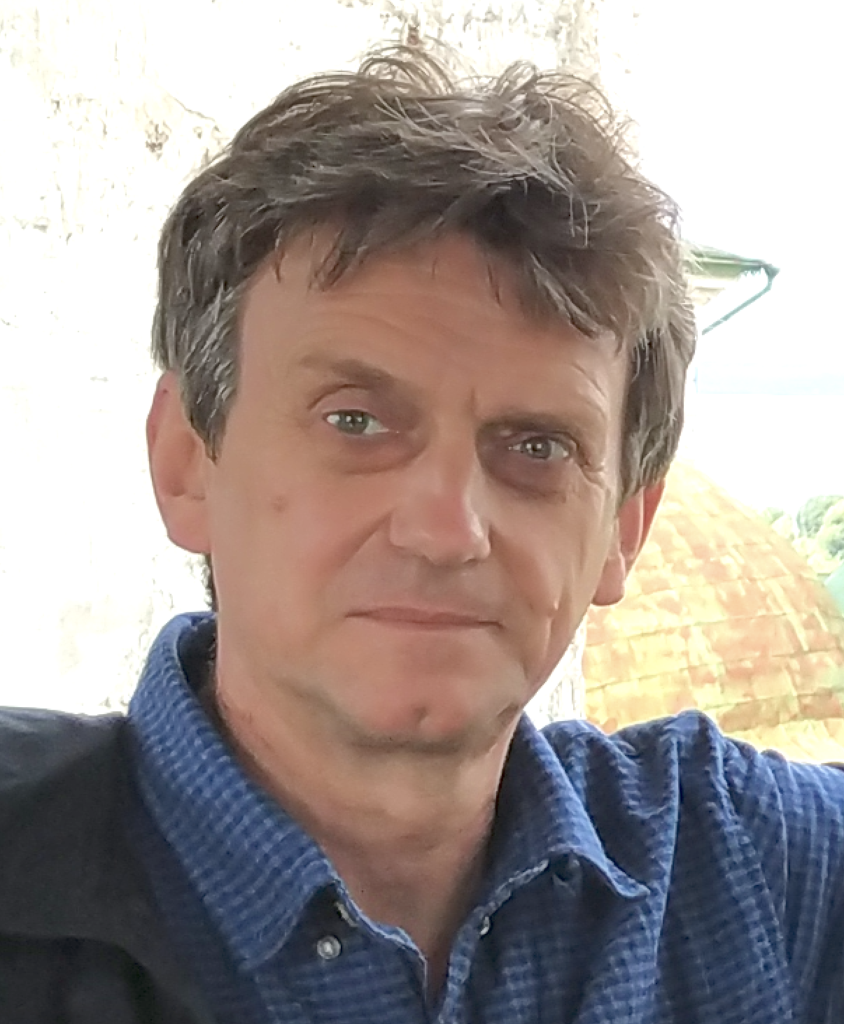
Nikolay Gippius
Nanophotonics Theory Group, Center for Engineering Physics, Skoltech
MULTISCALE PHOTONIC-CRYSTAL STRUCTURES
Multiscale metasurfaces form a convenient platform for light manipulation at the nanoscale, several examples of the control of light-matter interaction enhancement are discussed.
The lattice of plasmonic nanoparticles on dielectric waveguide efficiently couples oppositely propagating guided modes to circularly polarized light beams of different handedness. We demonstrate 80% degree of circular polarization for the out-coupled emission of GaAs-waveguide-embedded quantum dots [1]. The results allow us to consider the lattice as a circular-polarization-controlled grating coupler and make this structure prospective for further implementation as an efficient coupling interface for integrated devices.
The high-Q photonic resonances in silicon photonic crystal slabs with hexagonal lattice allow to achieve photoluminescence (PL) resonant peaks with the quality factor as high as 2200 and with the peak PL enhancement factor of more than two orders of magnitude. The corresponding integrated PL enhancement is demonstrated to be more than one order of magnitude. This effect is studied theoretically by the Fourier modal method in the scattering matrix form [2].
Exploring the possibilities for engineering photon propagation dispersion we studied the twisted stacks of dielectric photonic crystals [3]. In this work, we demonstrate that twist-stacked photonic crystal slabs enable tunable high-quality resonances. The resonant wavelength can be tuned from 300 nm to 650 nm with a tuning range to linewidth ratio achieving 500. Moreover, the quality factor of the moire-induced resonances is found to depend on the relative rotation angle and geometry especially the thickness of the gap layer and may achieve a value up to 2000. These findings further prove the practical significance of the moire-induced resonances.
[1] IM Fradkin, AA Demenev, VD Kulakovskii, VN Antonov, NA Gippius Applied Physics Letters 120 (17), 171702 (2022)
[2] SA Dyakov etal, Laser & Photonics Reviews 15 (7), 2000242 (2021)
[3] NS Salakhova, IM Fradkin, SA Dyakov, NA Gippius, Physical Review B 104 (8), 085424 (2021)
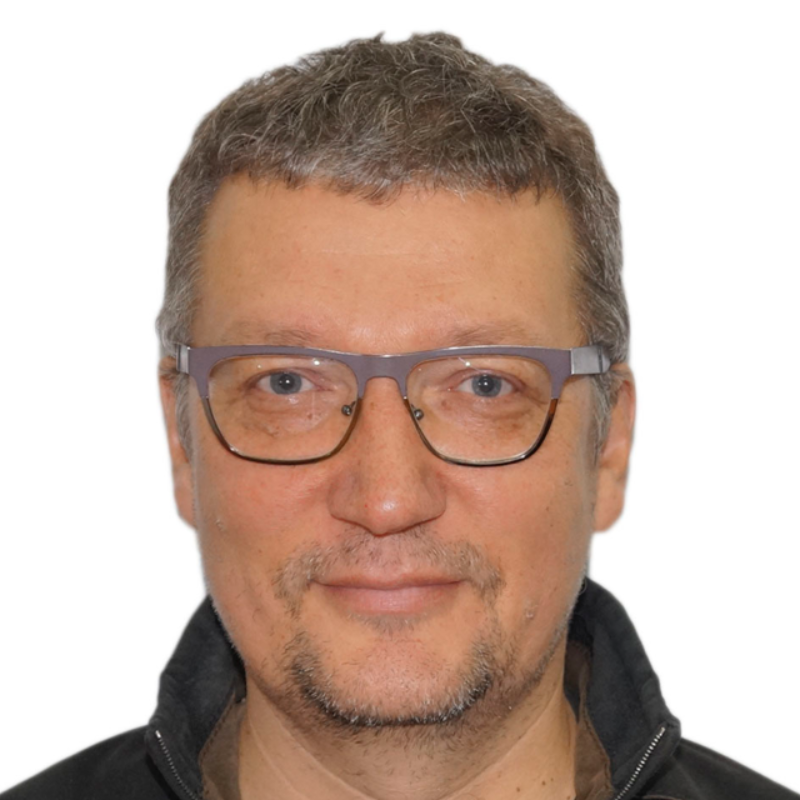
Alexey Odinokov
Innopraktika
CURRENT STAGE OF QUANTUM TECHNOLOGIES COMMERCIALIZATION
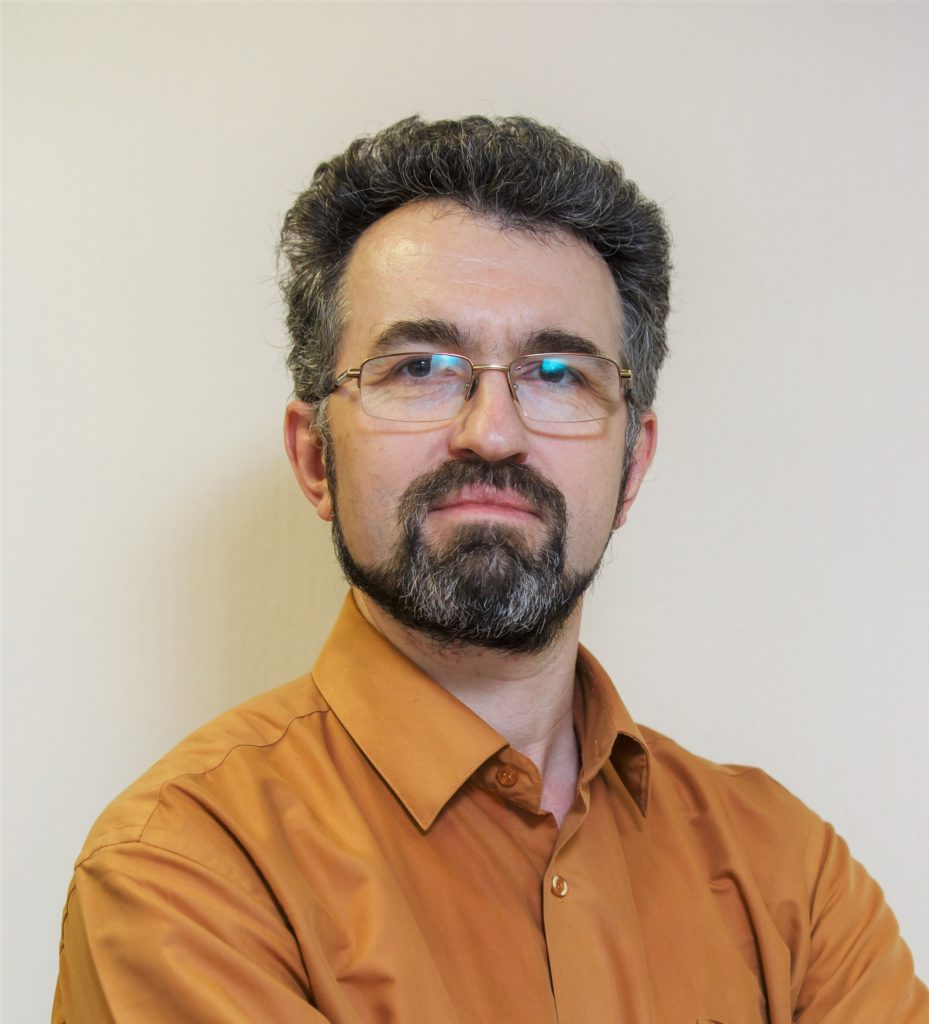
Vladimir Eliseev
InfoTeCS
QUANTUM KEY DISTRIBUTION: CHALLENGES AND OPPORTUNITIES
The current status of quantum key distribution technology (QKD), the reality and prospects for its practical application are considered. A review of the current level of QKD technologies readiness and the practice of their implementation in Russia and abroad is carried out. The main features of the introduction of QKD technologies into production operation are noted. The main advantages and disadvantages of QKD technology are emphasized both in terms of information security risks and in comparison with alternative approaches.
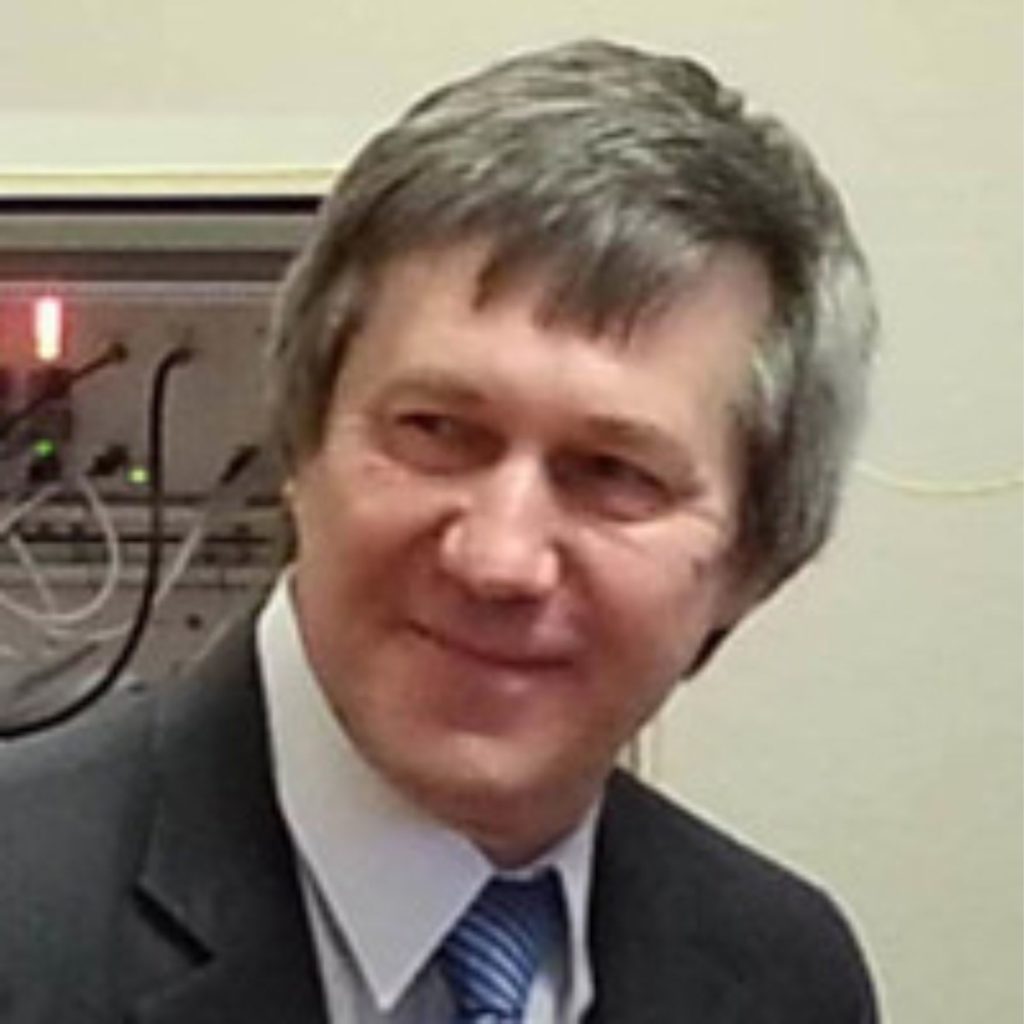
Sergey Molotkov
MSU Quantum Technology Centre
Extraction of quantum randomness
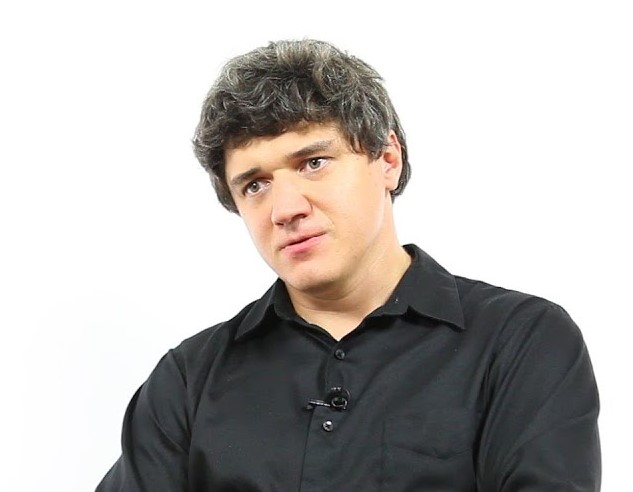
Alexey Akimov
P.N. Lebedev Physical Institute of the Russian Academy of Sciences, Russian Quantum Center
BOSE EINSTEIN CONDENSATE OF THULIUM ATOM
Bose-Einstein condensation (BEC) is a powerful tool for a wide range of research activities, a large fraction of which is related to quantum simulations. Various problems may benefit from different atomic species, but cooling down novel species interesting for quantum simulations to BEC temperatures requires a substantial amount of optimization and is usually considered to be a difficult experimental task. We implemented the Bayesian machine learning technique to optimize the evaporative cooling of thulium atoms and achieved BEC in an optical dipole trap. The developed approach could be used to cool down other novel atomic species to quantum degeneracy without additional studies of their properties.
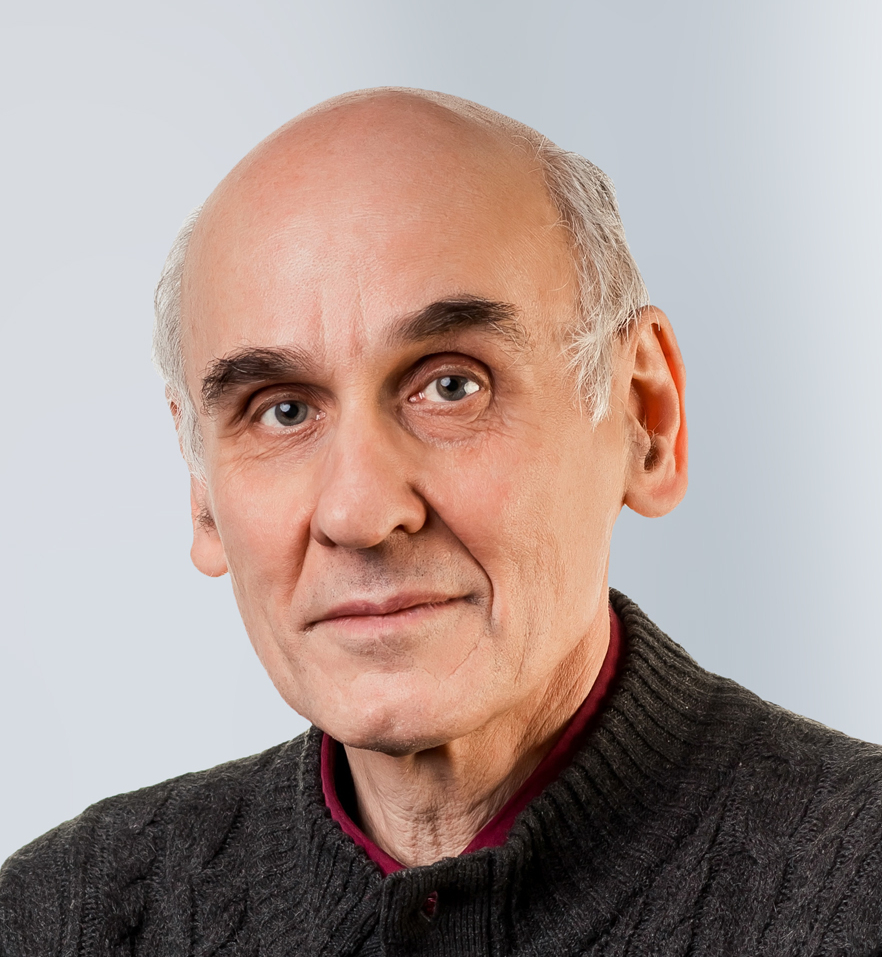
Farit Khalili
Russian Quantum Center
LINEAR QUANTUM MEASUREMENTS AND GRAVITATIONAL WAVE DETECTORS
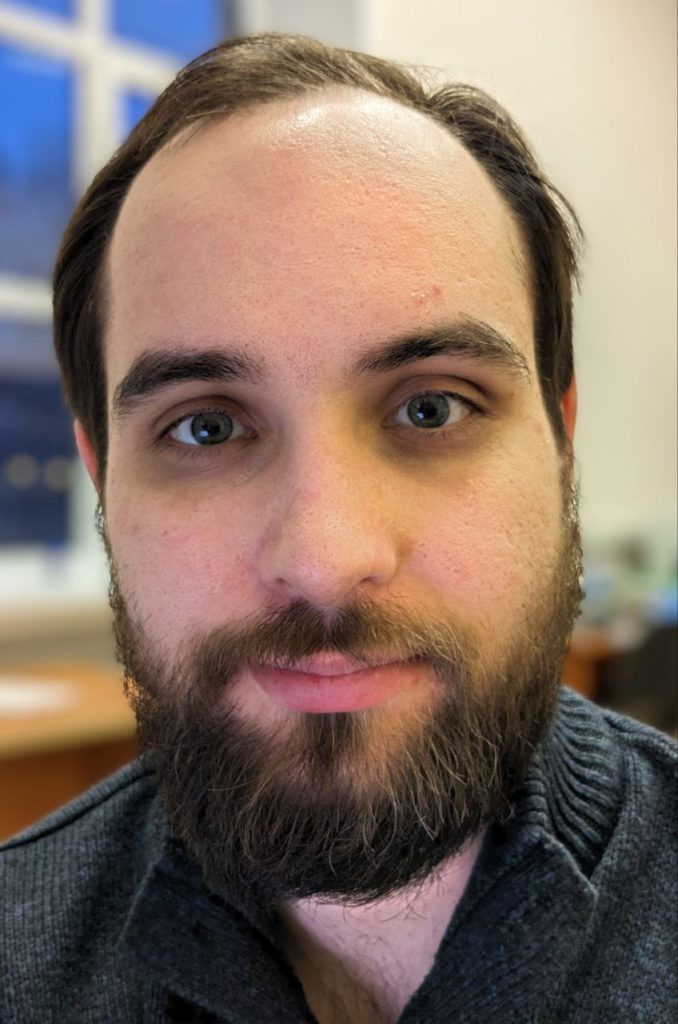
Iliya Semerikov
P.N. Lebedev Physical Institute of the Russian Academy of Sciences
ION QUANTUM COMPUTATION: ADVANCES AND CHALLENGES
In this lecture will be explained basic physical principles and experimental techniques which form the basis of ion quantum computation illustrated with our experimental results. Also, some state-of-the-art results from this area from world-leading groups will be shown. And I will try to give my point of view on the limiting factors of these results and possible ways to overcome these difficulties.
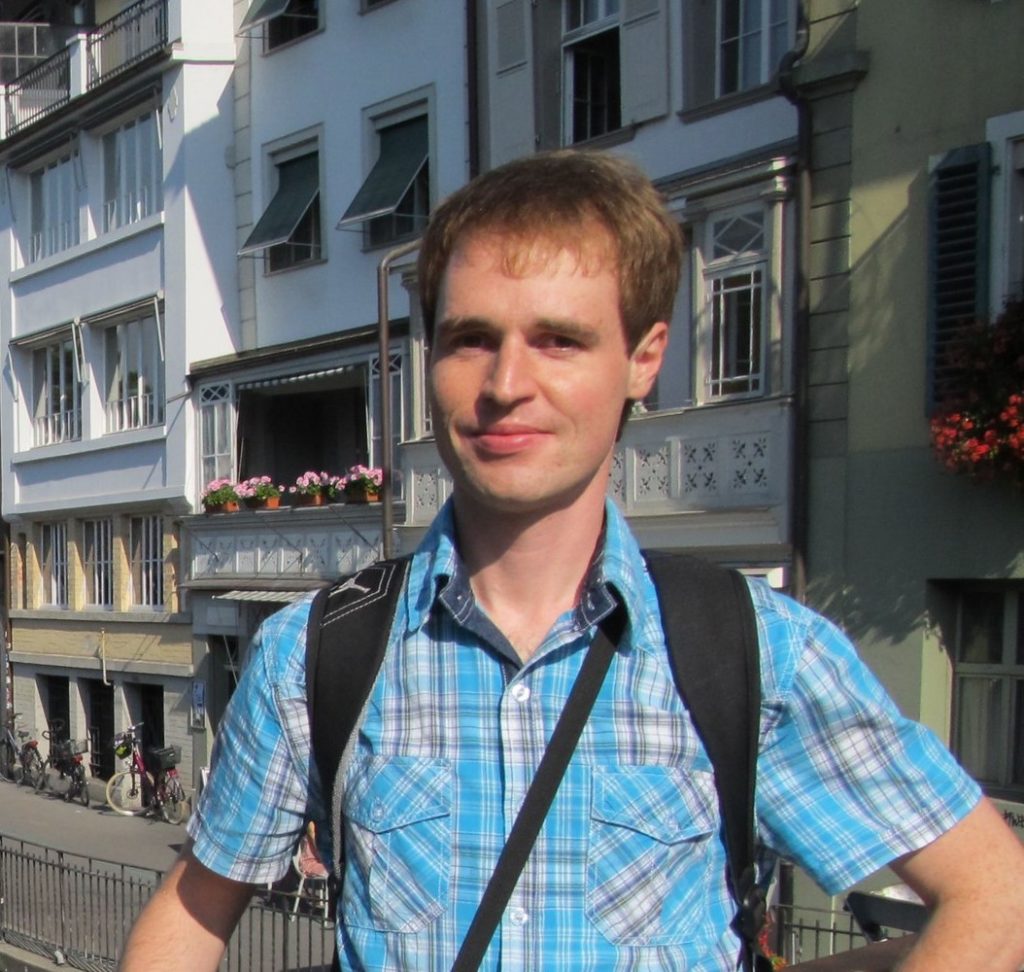
Alexander Mikhalychev
B.I.Stepanov Institute of Physics, Belarus
INFORMATION IN QUANTUM IMAGING
Quantum imaging is a rapidly developing field of research, exploiting quantum nature of light for increasing optical resolution and going beyond the classical Abbe limit. Detection of field correlations (photon coincidences) enhances the sensitivity of the signal to small features of the imaged object, but, generally, makes thorough and efficient interpretation of the whole bundle of the measured data more complicated. One inevitably faces a number of questions: Is there a better measure of optical resolution than visual distinguishability of the object features? What does “resolution” mean in general if the measured dataset differs from the object even in its internal structure (especially, when cross-correlations of different detection points are measured or several orders of correlation functions are analyzed together)? Can the object reconstruction procedure be performed more computationally efficient by using special information about the imaging setup? Which parameters of the measurement will yield the highest resolution (how much “quantumness” is optimal)? The talk will be devoted to treatment of the problems in terms of the information content of the collected images. Both, theoretical ideas and their applications to measured datasets will be discussed.
The 6th international school on quantum technologies was held in the Apart-Hotel «Sports Residence» (Miass, Russia) from February 26 to March 4, 2023.
The QTS’23 was attended by 86 people (16 lecturers, and 47 students, of which 40 people participated in the poster section). The School delivered lectures on quantum computing, quantum optics, quantum cryptography and quantum technologies.
In addition to students, graduate students, and employees of scientific organizations, representatives of commercial organizations also participated in the work of the School: Infotecs, ExpertLabs, ETM Photonics.
Distribution of participants by city:
